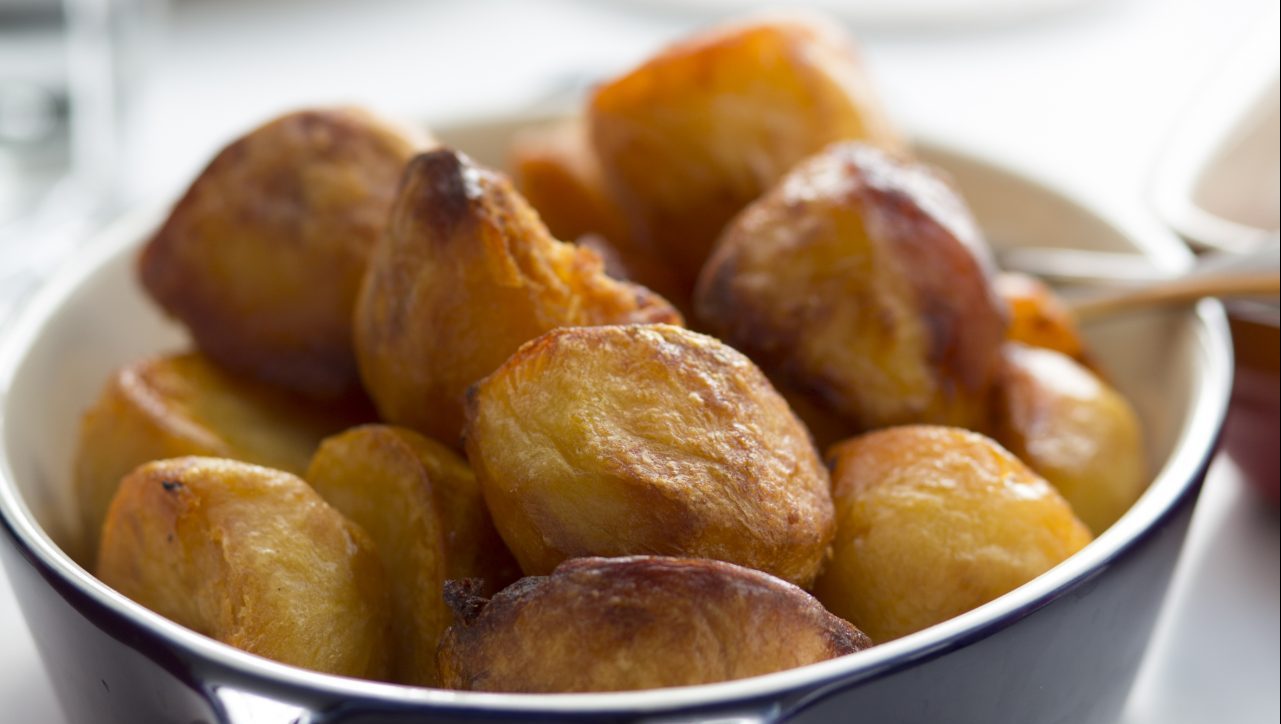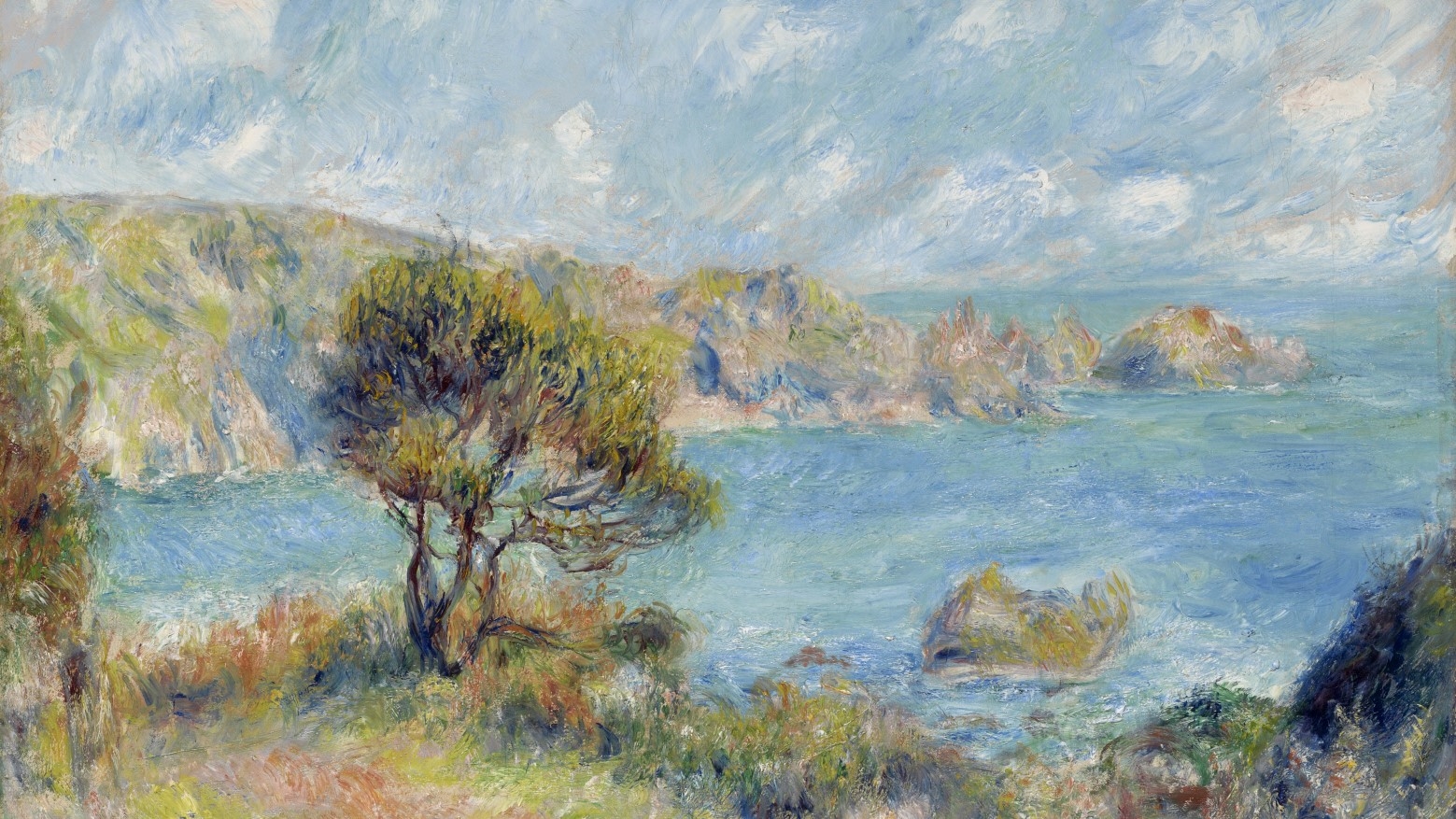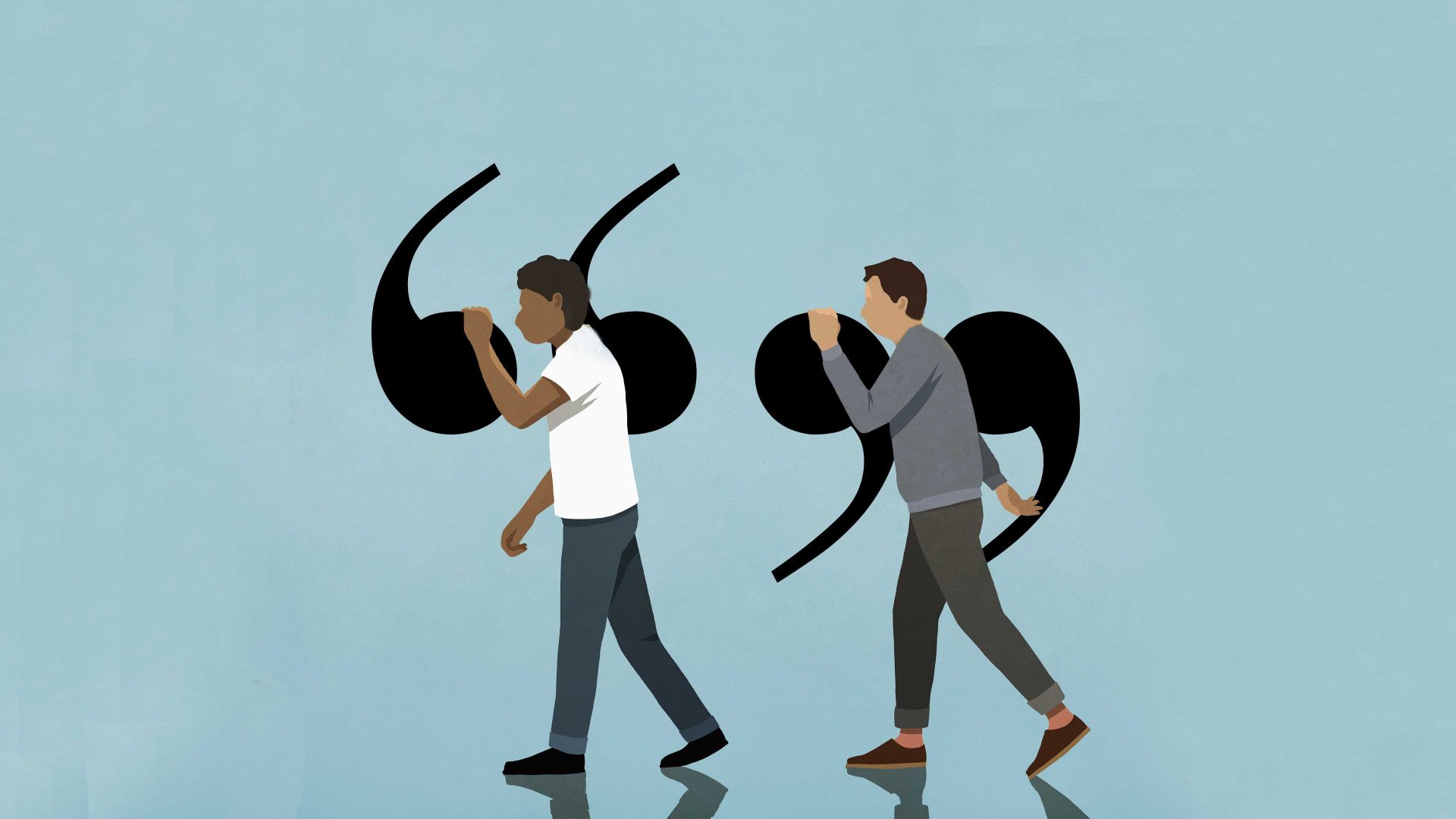Here’s a very British seasonal question for a column about European food: what is the best part of the great British Christmas dinner?
Let’s deliberate, logically.
Is it the turkey? People who cannot cook call this meat dry, forgoing it completely in favour of a beef Wellington or roast goose or some other replacement. For me, Christmas dinner wouldn’t be Christmas dinner without turkey. It has to its credit tradition. But it cannot be the best bit if so many people find it wanting.
Pigs-in-blankets next. Aldi sold 38m of these last year and expects to sell 43m in 2023. In Britain, as many as 438m are eaten on December 25 alone, a hard-and-fast staple therefore and resolutely popular.
But can something small, something designed to be an accompaniment be the very best thing about lunch? Pigs-in-blankets are beautiful, but they would just be fried breakfast alone.
A mere buffet snack. A porky morsel. And so I cannot consider them the best.
Vegetables, you say. I’m being generic here because people have different things at Christmas. My mum’s family has red cabbage, sprouts, carrots, peas, and green beans. There are no parsnips, oddly. And the vegetables are all simply steamed with no additions.
I love sprouts with chestnuts and bacon, I enjoy spiced red cabbage, bacon and onions in peas work well and I understand lots of people like to put honey on their carrots. I’m tempted to say vegetables. They are so fresh and joyous. But it can’t be them, can it? It just can’t.
We have a large ham at Christmas. It is studded with cloves and glazed with sweet orange. It is an exceptional meat, highly festive, and works with turkey brilliantly, especially with the white breast meat that, however well cooked, does require a friend. But ham is ham. It is a secondary meat. It is not the best thing about Christmas lunch.
Stuffing is up there for me. Ours is sausage-based, herby but not too much, with chestnuts and apricots. The crackle of the top, baked in the oven and caramelised, gives way into a soft, meaty centre, waiting for gravy and willing. It is nearly the best thing about a Christmas dinner.
But stuffing is not as good as roast potatoes. Fluffy in the middle, crispy and golden on the outside, imbued by goose fat or similar and ready for dipping in gravy. I can eat endless roast potatoes. They are what I look for first on the table; they’re what I panic about first, too, when the bowl starts to empty and people grab the tongs; they’re what I think about as soon as December comes around.
Yes, a good roast potato is incomparable. The entirety of Europe eats roast potatoes. Especially in Italy – they love them there. Often they are cubed and herbed, and usually cooked in oil, as with this recipe from Tom Kerridge. It is simple, and also suitable for vegetarians and vegans.
Perfect roast potatoes
Serves 4
Ingredients:
6 medium/large peeled potatoes cut into equal sizes (ideally red duke or maris pipers)
200ml vegetable oil
Salt flakes
Method:
Add the potatoes to a large pan of salted simmering water and continue to poach for 10 to 15 minutes.
Once they are cooked, lift out of the pan with a slotted spoon and leave them to air dry on a cooling wire.
While the potatoes are cooling, add the oil to a large roasting tray and preheat the oven to 200C.
Place the tray into the oven for the oil to heat up. Once the oil is hot, carefully add the potatoes.
Put the tray back into the oven and roast for a good 25 minutes before turning. Then cook for another 20 minutes until golden and crispy. Once cooked, remove from the tray and season with flaky salt.




